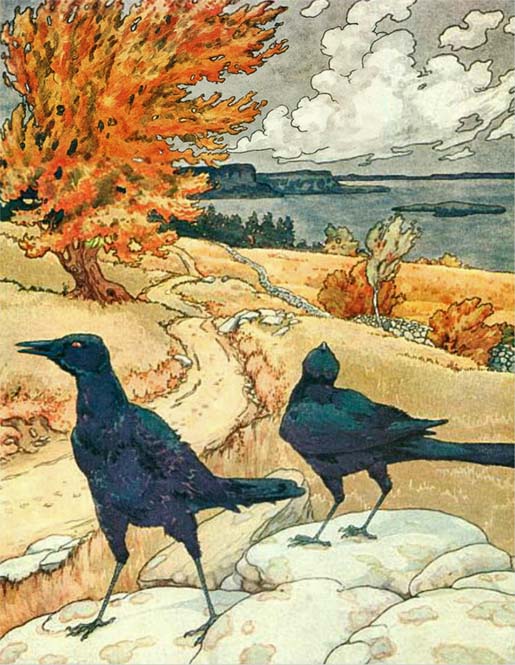There Were Two Blackbirds
One named Jack and the other named Jill.
Fly away, Jack! Fly away, Jill!
Come again, Jack! Come again, Jill!

If you’ve ever pinched two fingers and made them fly away, only to bring them back again with a “Fly away, Jack! Come back, Jack!” — congratulations, you’ve just performed There Were Two Blackbirds. It’s a tiny rhyme with a big life in children’s play, performed as a finger-play or hand game for centuries.
In other versions, the birds are called Peter and Paul, or “Dickie birds,” and the location might shift from a hill to a wall — the rhythm is the anchor, while names float with tradition.
Origins
This rhyme was first printed around 1765 in Mother Goose’s Melody in London, where the birds were called Jack and Gill and sat up on a hill. It almost certainly existed earlier, as a spoken chant passed between caregivers and children. Over time, the names changed — in the 19th century, Peter and Paul became common in printed versions.
Meaning
There’s no deep moral hiding in the verse. It’s a finger-play rhyme, meant to teach rhythm, turn-taking, and surprise. You show two fingers as birds, “fly them away” (tuck them out of view), then bring them back on cue. Kids love the game, the prediction (“Will they come back?”), and the gentle reveal.
The human names make the birds more playful — Jack and Jill are familiar characters from another rhyme, so using them here gives the birds a bit of personality without needing a storyline.
Finger-play rhymes like this were staples of nursery and toddler care well before formal preschools existed. They helped children learn rhythm, anticipation, and basic interaction before they had to hold a pencil. They also made caregivers’ lives easier — a simple chant and quick finger motions can occupy a toddler while brewing tea or folding laundry.
Across textbooks, playbooks, and nursery rhyme anthologies, this verse has been paired with hand motions, singing, and even small props (like finger puppets). The simplicity of the rhyme — few words, a tight loop, repeat — meant it could adjust to many family traditions. Swap the names, move it from hill to wall, shorten or lengthen the pause — it still works.

